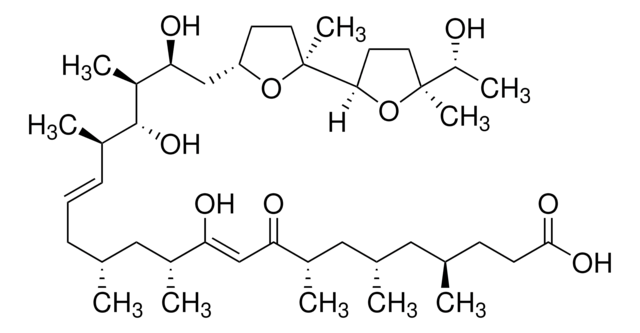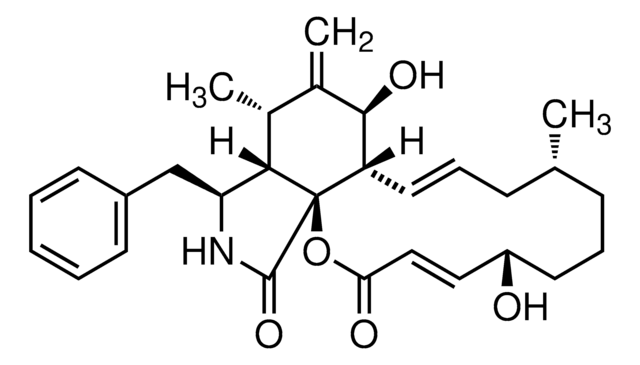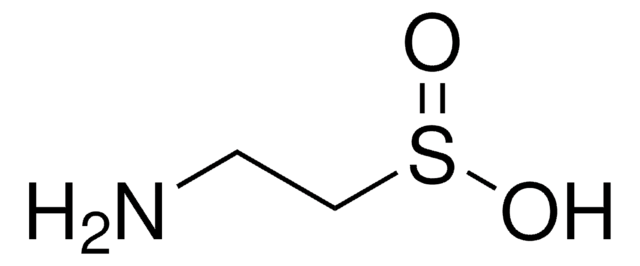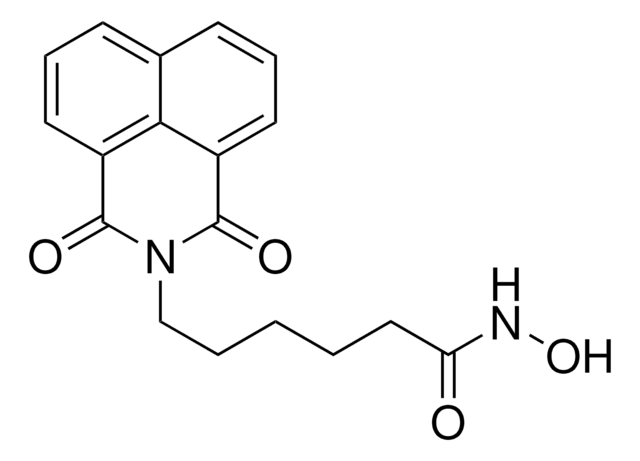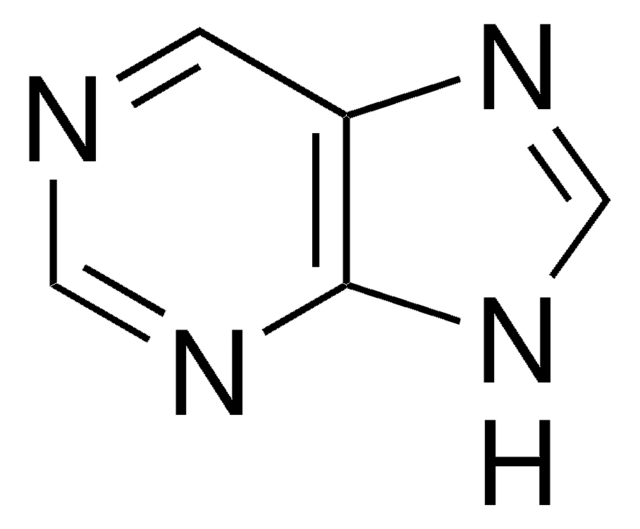Kluczowe dokumenty
D2629
6-(Dimethylamino)purine
≥98%
Synonim(y):
6-DMAP, N6,N6-Dimethyladenine
About This Item
Polecane produkty
pochodzenie biologiczne
synthetic (organic)
Poziom jakości
Próba
≥98%
Formularz
powder
mp
259-262 °C (lit.)
rozpuszczalność
water: 50 mg/mL, clear to hazy, colorless to light yellow
temp. przechowywania
−20°C
ciąg SMILES
CN(C)c1ncnc2[nH]cnc12
InChI
1S/C7H9N5/c1-12(2)7-5-6(9-3-8-5)10-4-11-7/h3-4H,1-2H3,(H,8,9,10,11)
Klucz InChI
BVIAOQMSVZHOJM-UHFFFAOYSA-N
Szukasz podobnych produktów? Odwiedź Przewodnik dotyczący porównywania produktów
Powiązane kategorie
Opis ogólny
Zastosowanie
- as a supplement in GR-1 aa medium (bovine medium) for parthenogenetic activation of bovine oocytes to study its potential for embryo development
- in the activation step during the production of nuclear transfer embryos
- as a supplement in HCR2aa medium to activate interspecies embryos derived from interspecies somatic cell nuclear transfer (iSCNT) technique
Działania biochem./fizjol.
Kod klasy składowania
11 - Combustible Solids
Klasa zagrożenia wodnego (WGK)
WGK 3
Temperatura zapłonu (°F)
Not applicable
Temperatura zapłonu (°C)
Not applicable
Środki ochrony indywidualnej
Eyeshields, Gloves, type N95 (US)
Wybierz jedną z najnowszych wersji:
Masz już ten produkt?
Dokumenty związane z niedawno zakupionymi produktami zostały zamieszczone w Bibliotece dokumentów.
Klienci oglądali również te produkty
Nasz zespół naukowców ma doświadczenie we wszystkich obszarach badań, w tym w naukach przyrodniczych, materiałoznawstwie, syntezie chemicznej, chromatografii, analityce i wielu innych dziedzinach.
Skontaktuj się z zespołem ds. pomocy technicznej

